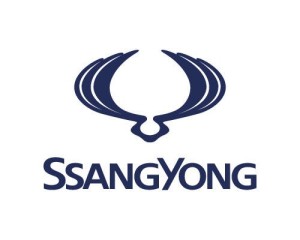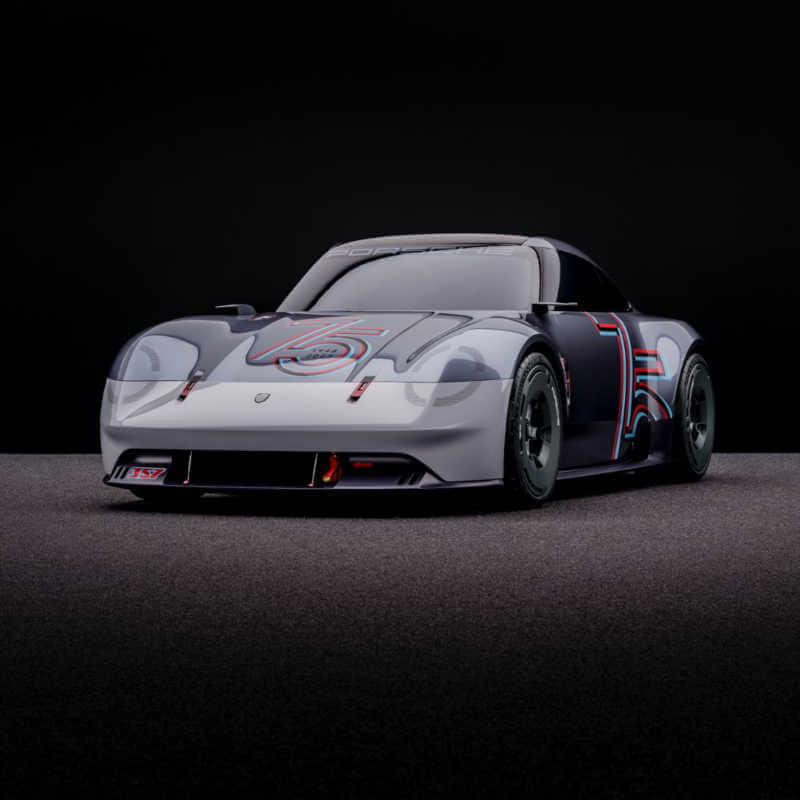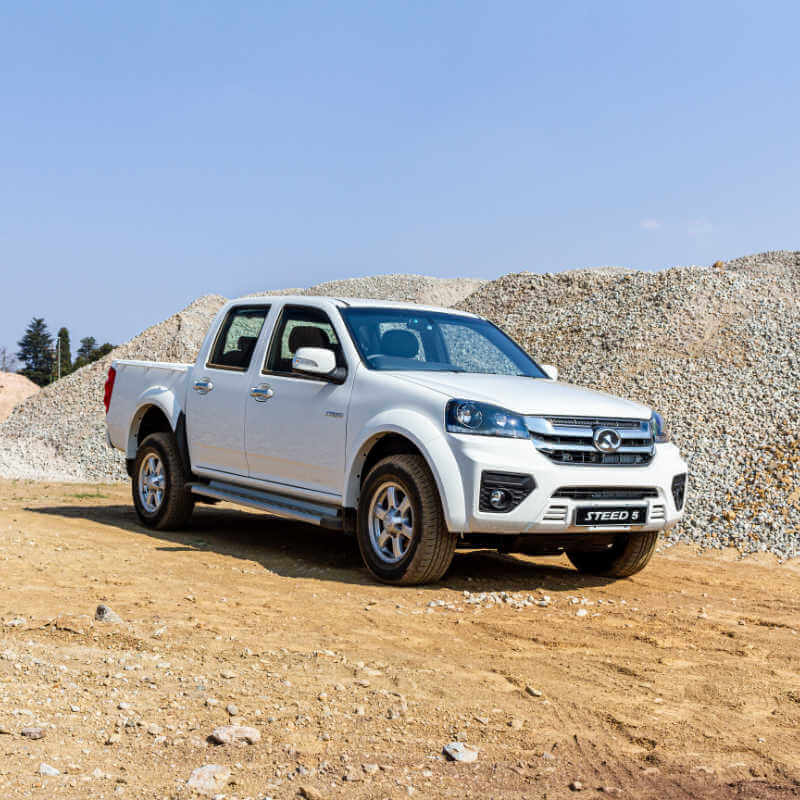Automotive: Ssangyong dying again?
It is difficult to understand the failure of Ssangyong. They make great cars, build them well and sell them at keen prices. Yet for the third time in just over a decade, it stands on the brink of disappearing.
Ssangyong of South Korea was, fifteen years ago, known for basically one product: a modern version of the Jeep. Designed and built for the South Korean army and using locally manufactured Mercedes engine, the consumer version was a superb vehicle providing a far more comfortable – and capable – ride than the then model Land Rover Discovery. The “Jeep” contines as the Korando.
Yes, it also made the horrible Musso but that didn’t really matter.
But as a minnow in the shark-infested waters of the global car industry, and in the face of the 1997 Asian currency crisis, Ssangyong ran into trouble and was taken over by Daewoo.
Later, it was sold by Daewoo / GM and is now 51% owned by China’s Shanghai Automotive Industry Corp., or SAIC. SAIC, readers will remember, was one of the companies that bid for MG Rover in the UK.
In the meantime, Ssangyong built the Rexton – again, a superb 4WD vehicle and when that model was updated, it rivalled many far more expensive similar vehicles for quality and specification. It also produced a couple of hideous successors to the Musso – in particular the Stavic. But its Kyron was, again, a car that should sell in its droves – even its tramission is the lauded 6-speed T-Tronic from Daimler. And although not to everyone’s taste, the Actyon Sports is an SUV / Pickup combination that should, other things being equal, have dominated the surfer / jet ski / motor-racing fraternity as a tow-car and support vehicle.
Then it branched out: The Chairman is a locally produced version of a previous S Class Mercedes – selling for far less than a second-hand Mercedes in many markets. There is even a mass-produced long wheelbase version.
But specialising in the 4WD segment was not enough. In Deagu, in the south of South Korea, there are a few examples of one of the best looking executive cars on the market. There are no model badges, but there are Ssangong insignia on the bonnet and boot. It’s quiet, quick and luxurious inside, at least when peering through the windows. It appears on no model lists. If this was Ssangyong’s breakout model, its timing could not have been worse.
For Ssangyong now has just one plant – and that is mothballed. The company applied to the Court for the appointment of receivers in early January, and the court provided protection against seizure of its assets. The company, with no stock, suspended production in mid March but after four days supplies began to dribble in.
However, yesterday, the company again suspended production – and the company is reported to have said that this time, it will make no new vehicles until the plant re-opens in January 2010.
This may not be as desperate a measure as it seems, depending on stock levels. Indeed, if car makers around the world mothballed plants and sold existing stock, they may turn their cashflow around quickly – depending on what they have to pay workers.
The Court will rule on a survival plan in early April. SAIC shows no signs of adding additional capital or cashflow support.
South Korea still struggles to decide what to do about its car industry. From outside Korea, it seems a no-brainer: Hyundai and Kia are strategic companies in the national economy. But Daewoo is a wholly owned subsidiary of GM – and badges its cars as Chevrolet for many markets, often regarded as something of an insult.
Ssangyong is still tiny.
Direct intervention by the government is still seen as an unlikely scenario by many commentators in South Korea. But yesterday the government announced a side-ways look at the issue of sales within the domestic market: starting in May and running to the end of this year, all taxes on new cars will be reduced by 70% – provided that the car being replaced was registered before 2000.
The government thinks that around a third of the cars in South Korea were first registered before that deadline and so, in theory, about 5.5 million new cars could be registered.
But unemployment is rising, salaries are falling, basic living costs are increasing and families are already long into an austerity drive with even the usually last-to-to spending on supplementary education starting to claim casualties at the end of 2008. As a result, there is little money available to buy new cars, even with incentives such as this.
There is a plan for the Government owned Korea Development Bank to raise, in concert with other institutions, around USD750 million to pursue M&A activity in the Korean market.
Unles GM and CAIC get cute on their demands, that money should be enough to buy out both Daewoo and Ssangyong, bringing them back together. The only problem with that is that Daewoo might not own any designs – and the recently announced Chevrolet SUV known as the Captiva has not been a critical or consumer success.
Sourced via chiefofficers.net








Wassup cheers for the previous new post. It is mega interesting.